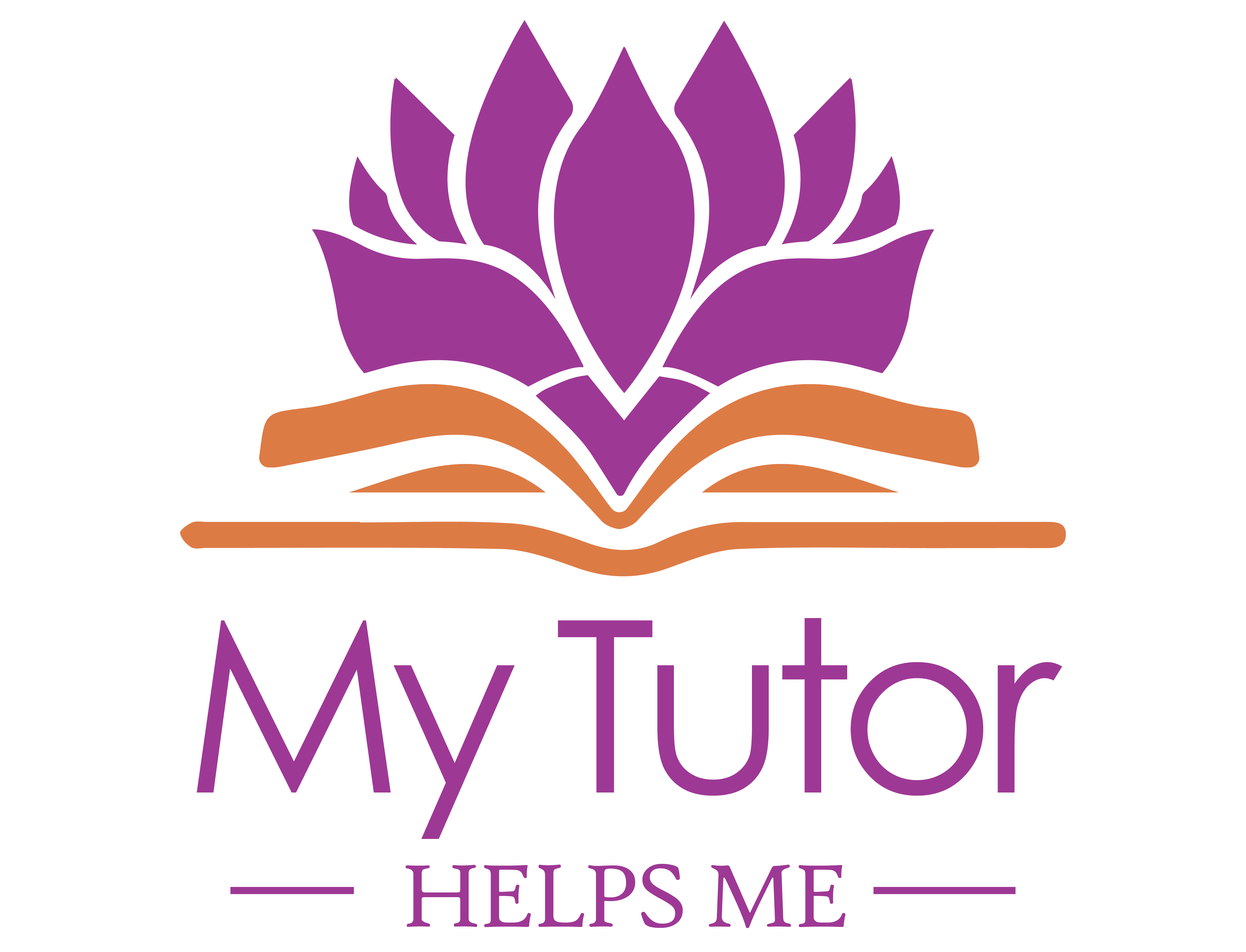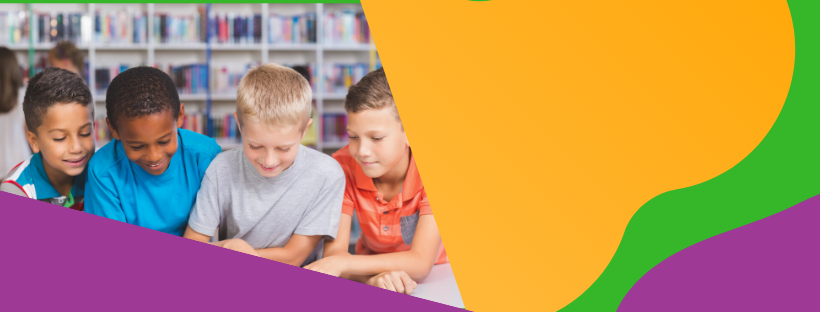Have you ever wondered why teachers teach a particular topic or activity?
Demitra engages the viewers in understanding the English Language Arts K-4 standards and several activities to increase comprehension. Would you like to know your child's current reading level? Schedule your session today at www.mytutorhelpsme.com
The Three Phases in the Reading Process
Friday, June 19, 2020 by Demitra Bryant | Uncategorized

Did you know that there are three phases in the reading process children need to be exposed to in order to become proficient readers? They are Before Reading, During Reading and After Reading. Each phase has elements that students should be offered during reading instruction or if they are reading independent.
BEFORE READING
* Vocabulary - the meaning and multi-meanings of words must be adequate in order to understand the text. Many students tend to omit unfamiliar words and there can lose the meaning of the sentence or what the author is trying to convey.
* Motivation and purpose for reading the text/passage/article or book.
* The structure of the text. (Cause/Effect, Sequential, Compare/Contrast, Problem/Solution or Description)
.png)
DURING READING
* Monitoring comprehension and become aware of their reading techniques/patterns.
* Reading words and phrases quickly and accurately.
* Making connections between sentences and statements.
* While reading, ask questions along the way
* Background experiences to assist in making predictions and how to apply those experiences in the content.
* Selectively applied to what is and what is not read.
* Information within the text that is relevant and provided with supporting details. Determine what's irrelevant.
* Visualizing what is going on in order to further understand what's being read.
* Inferences made in regard to topics presented.
AFTER READING
* Reflections on what was read
* Summarizing
* Connections made from what was read to new situations.
At each phase in this reading process, children should be engaged in various techniques so that they will be able to understand the text.
At My Tutor Helps Me, I incorporate many strategies to help students learn and understand the meaning of text. But did you know that students should provided with strategies that are based on both their areas of strengths and needs?
The Free Reading Assessment is the cornerstone identifying and creating the customized learning pathway for my students. Child learn differently and they should be provided with the correct instructional materials.
Schedule your Free Assessment or Consultation

The Characteristics of Good and Poor Readers
Wednesday, June 17, 2020 by Demitra Bryant | Uncategorized

Comprehension is an area of concern for many students. I cannot begin to tell you how many times parents come to me frustrated because they are very concern about their child's reading. In many cases, the parents are saying that their child reads very well, but unable to answer questions correctly on tests and failing classes.
I usually tell parents that there are a number of key factors associated with students and reading. One key factor is textual materials and the reading comprehension process that contributes to the difficulties some students have.Reading comprehension requires an extensive amount of instructional time and attention in order for children to be proficient in understanding the materials. Ask your child how many times did they read the article or passage. Most will respond one time and then possibly not for the entire class period. It can be very frustrating for your child to see their peers completing their assignments and turning it in for a grade, while they haven't even had time to process they face that the article was long and boring.
So, what are the characteristics of good and poor readers? See the table below.
|
Good Readers
|
Poor Readers |
Before Reading
|
|
During Reading
|
|
After Reading
|
|
At My Tutor Helps Me, I provide reading and writing assistance for struggling students that have been identified as learning disabled, have an IEP, 504 Plan or on the Student Support Team (SST) receiving Response to Interventions (RTI).
Strategies are used to help assist struggling students or enhance those that are on grade level.
Would you like to know your child's current reading level?
Is writing an area of concern?
Schedule your Free Assessment

